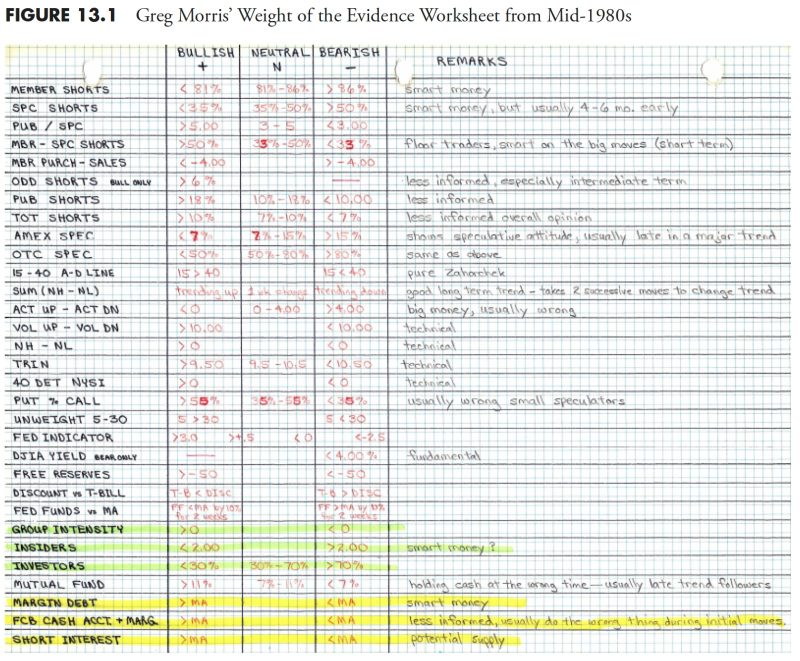
Mastering the Market: Exciting Secrets of Rules-Based Money Management – Part 2
In the world of money management, rules-based strategies are utilized to provide objective decision-making guidelines and mitigating risks. In the first part of this series, we delved into the basics of rules-based money management, highlighting its importance in financial planning. The focus of Part 2 deals with another essential aspect of this approach: Measuring the Market.
The first step in mastering rules-based money management is understanding how and why we should measure a market. The performance of the financial market is the primary determinant of investment success or failure. As such, accurately assessing this performance is crucial in establishing a robust rules-based system.
Market Metrics
To accurately measure the market, one needs to understand and utilize specific metrics. The most commonly used metrics are:
1. Price-Earnings Ratio (P/E): This represents the price an investor is willing to pay for each dollar of a company’s earnings. When the P/E is high, investors predict that the company’s earnings will grow rapidly in the future.
2. Market Capitalization: This indicates the total value of a company’s shares of stock. Market cap provides a clear picture of a company’s size and its potential for growth or decline.
3. Dividend Yield: This shows how much a company pays out in dividends each year relative to its share price. Higher yields can be a sign of a company’s financial health or its commitment to returning wealth to shareholders.
Market Trends
Beyond mere metrics, measuring the market also involves having a keen understanding of market trends. A trend is a general direction in which something is developing or changing over a certain period. Recognizing and acting on these trends forms an integral part of any successful rules-based approach.
Trends can be broadly classified into three types: upward (bullish), downward (bearish), and sideways (neutral). Employing technical analysis, a method of analyzing statistical trends gathered from trading activity, can significantly aid in identifying these trends.
Market Sentiment
In conjunction with metrics and trends, considering market sentiment aids significantly in measuring the market. Market sentiment refers to the overall attitude of investors towards a particular market or financial product. Sentiment analysis can involve meticulously studying news articles, expert opinion, and social media to gauge investor sentiment. High optimism usually indicates a bullish market, while extreme pessimism suggests a bearish one.
Risk Assessment
Measuring the market also involves assessing potential risks. Risks in the financial context can arise from various sources, including economic downturns, changes in interest rates, political instability, and company-specific events such as management changes or product failures. By conducting a thorough risk assessment, one can integrate risk management into a rules-based strategy, thus potentially mitigating losses when things do not go as planned.
Market Indices
Reflecting the performance of a specific group of stocks, market indices are another significant measurement tool. They serve as a useful yardstick against which to compare the performance of individual securities or portfolios. Examples include the Dow Jones Industrial Average, the S&P 500, and the NASDAQ Composite. Investors use indices to track market trends and forecast future market movements.
To wrap up, measuring the market forms a key component of an effective rules-based money management strategy. It involves a careful consideration of market metrics, trends, sentiments, risks, and indices. Mastery of these aspects aids in making informed decisions, thereby increasing chances of investment success. However, it is important to remember that no approach is foolproof and that one should always consider their investment objectives, constraints, and risk tolerance before implementing any investment strategy.
